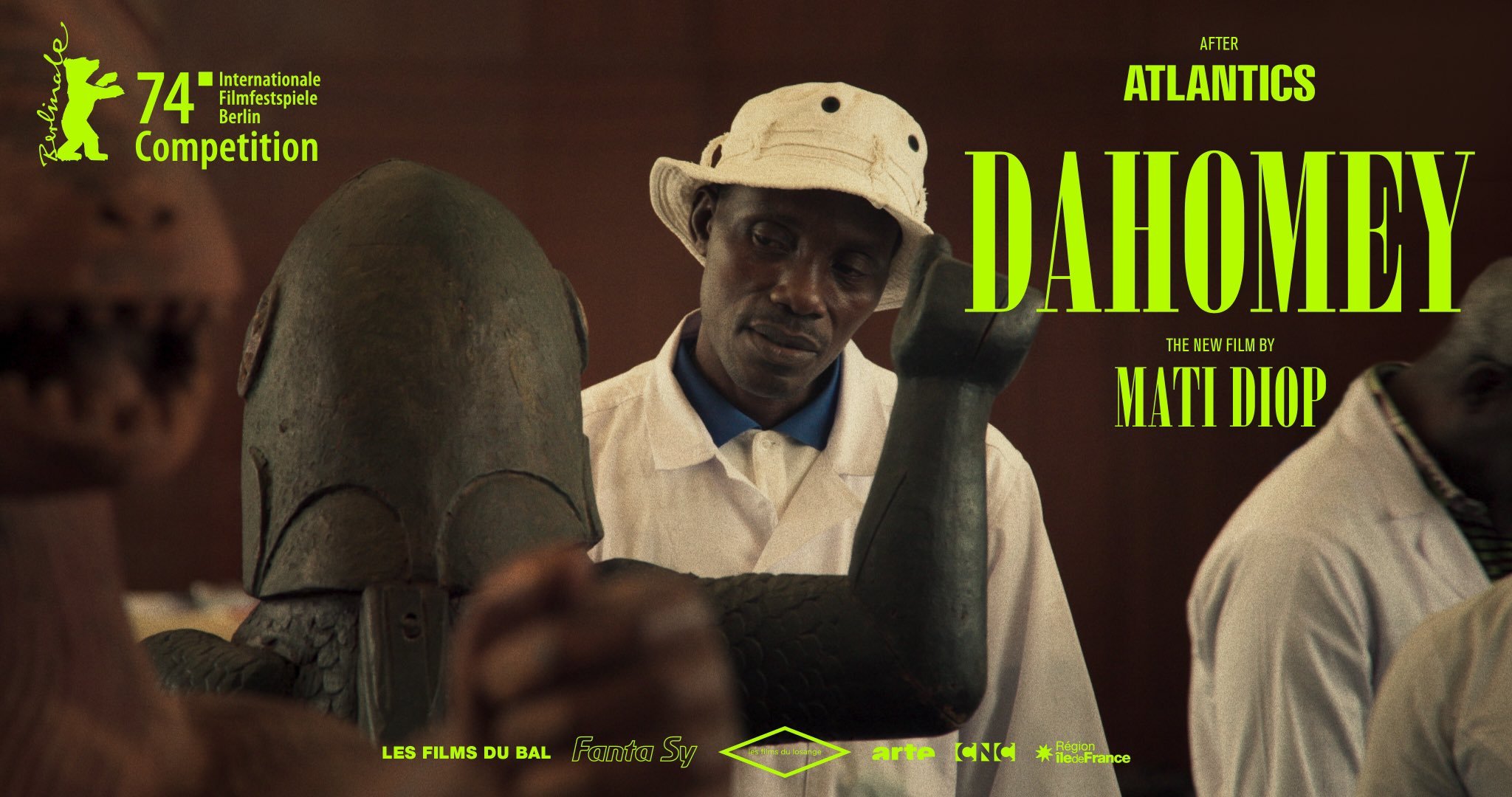I was at a loss even as the credits ended. Users was a movie so beautiful and sad; its parts so basic but its whole so unique. Only some time later did I realize: This movie made me grateful that movies exist. It was a learning experience unlike any I have had.
Looking at the story one way, it’s nothing special. Not a story at all, in fact. Just a narrator thinking out loud about the world technology is creating for her child. Thoughts we’ve all had before.
But Momma’s musings—her questions and concerns—are not about what the next generation of cell phone might look like. She is thinking about the very core of human interaction with this container we call Earth. And she is speaking to us.
See these cold, uninviting spaces? This is life now. These iced shoeboxes are the new womb. In this factory we grow plants without soil or sunlight. All our memories and communications? Instantly accessible, everywhere, but kept on quarter-inch-thick cable surrounded by millions of gallons of murky green water at the bottom of the ocean. Good luck restarting.
In pondering what life might look like, our narrator (the director) takes the time to show us what life does look like. And in doing so she spotlights how technology has already changed the course of humanity. For example, thinking about a baby being raised by a computer without its mother’s touch is scary, but so too is a scene where hundreds of TV screens glow in the faces of airline passengers. The perspective out the window—the perspective from the miracle of flight—has become so commonplace that we ignore it. Comparisons like these are powerful and plenty.
The scenes are simple, usually static, rarely showing more than one thing to focus on at a time, and yet the movie is an overwhelming sensory experience. A masterclass in direction, editing, camera- and sound-work, music.
Sure, a minutes-long rainstorm of recycled motherboard chips will have you feeling bad about the excess of our world. But the moviemakers pass no judgement here; rather than illustrating our “forgotten” connection with nature, they remind us that it is multi-faceted and ever-changing. We pass from the warm electricity of a baby at its mother’s teat to a computer assuring its child at play in the forest that it is safe. (Computers do not forget.) Each scene is beautiful; each ultimately reminding us that we are just animals trying our best in the universe.
From beginning to end, the imagery is crisp, incisive, and breathtakingly gorgeous. Tides of life and breath, water and memory, geometry and physics take turns washing over us.
I won’t tell you to watch this before you die. If there’s anything to take away from it, it’s that watching the world around you is what’s important. But if you’d like to do that from a new perspective—or if you need a reminder of how to do so, or whether it’s even worth it—then you’ll want to add this experience to your bucket list.














